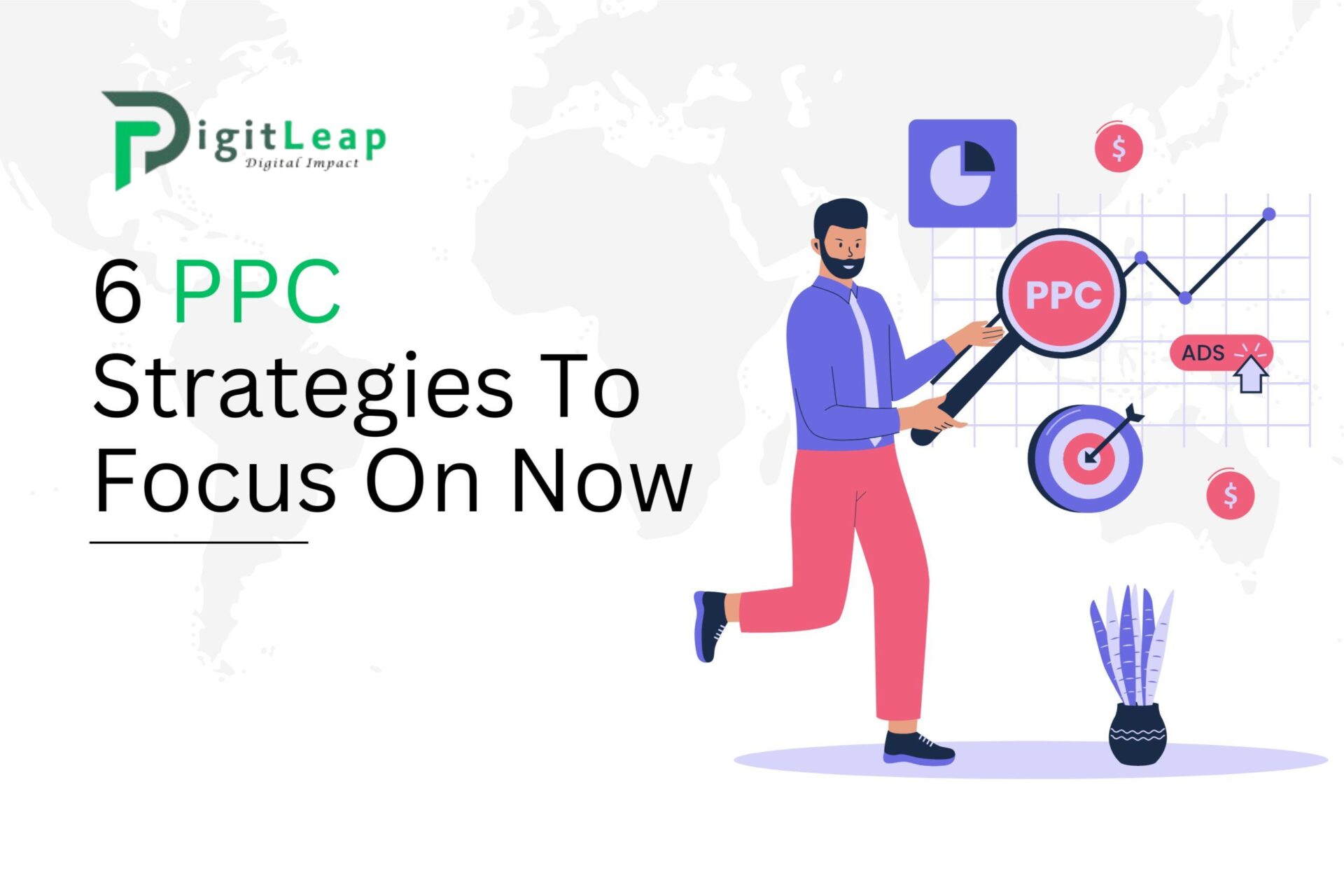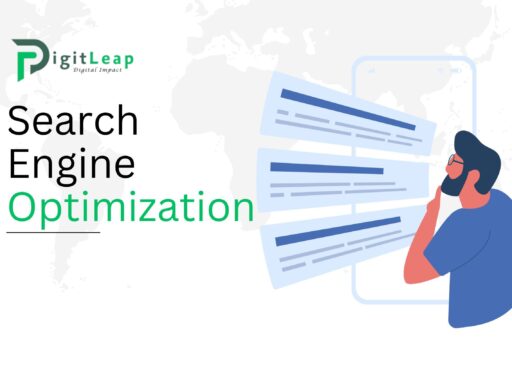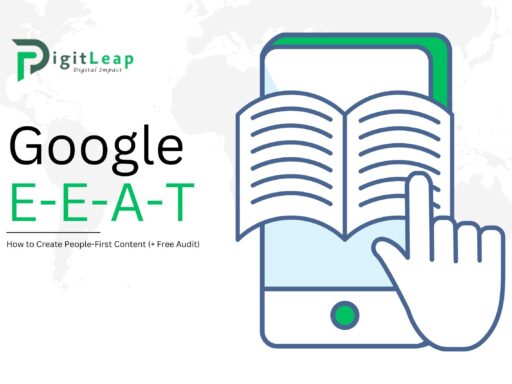6 PPC Strategies To Focus On Now
Pay-per-click (PPC) advertising is one of the most effective ways to generate traffic, leads, and sales. But like all digital marketing tactics, PPC evolves constantly, and what worked last year might not be as effective today. If you want to get the most out of your ad spend, it’s crucial to stay updated on the latest trends and strategies. So, what PPC strategies should you be focusing on now?
Here are six key strategies to help you fine-tune your campaigns and improve performance in today’s competitive digital landscape.
1. Leverage Automation and Smart Bidding
Automation is transforming the way we manage PPC campaigns. Google Ads and other platforms have introduced automated tools like Smart Bidding, which uses machine learning to optimize bids for conversions or conversion value in real time. Smart Bidding adjusts your bids based on factors like user behavior, device, location, and time of day to help you maximize your results.
By leveraging automation, you can let the platform do the heavy lifting while focusing on strategy and creativity. It’s a great way to save time, reduce manual errors, and improve performance.
- Why focus on it?: Saves time, optimizes bids based on real-time data, and improves conversion rates.
2. Focus on First-Party Data
With the increasing restrictions around third-party cookies and privacy laws, first-party data has become more valuable than ever. This is data you collect directly from your audience, such as through website visits, email sign-ups, or purchases.
Using first-party data in your PPC campaigns allows you to create highly targeted and personalized ads. For example, you can retarget existing customers with new offers or create lookalike audiences based on your most valuable users. By relying on data you own, you can build stronger relationships with your audience and reduce your reliance on third-party platforms.
- Why focus on it?: Allows for better targeting, improves personalization, and is future-proof against privacy changes.
3. Test and Optimize Ad Creative Regularly
No matter how well-optimized your bids and targeting are, ad creative remains one of the most important elements of PPC success. A compelling headline, strong call-to-action (CTA), and eye-catching visuals can significantly improve your click-through rate (CTR) and conversion rate.
To get the best results, you need to continually test different ad variations. Try out different headlines, descriptions, images, and videos to see what resonates with your audience. Don’t be afraid to experiment with new messaging, layouts, or formats. Regular testing allows you to discover the most effective creative elements and continuously refine your strategy.
- Why focus on it?: Improves CTR and conversions, keeps your ads fresh and engaging, and helps you stay ahead of competitors.
4. Utilize Audience Segmentation
Not all clicks are created equal, and not all audiences should be treated the same. By segmenting your audience based on demographics, behavior, or interests, you can create highly targeted ads that speak directly to the needs and preferences of each group.
Audience segmentation allows you to deliver more personalized experiences, which can lead to higher engagement and better results. For example, you could create one set of ads for first-time visitors and another set for returning customers. Or, you can target users who have viewed a specific product with an ad highlighting that same product.
- Why focus on it?: Increases relevance, improves engagement, and boosts conversion rates by delivering personalized ads.
5. Expand Into New Ad Formats
The digital advertising landscape is constantly changing, with new ad formats emerging across platforms. If you’ve been sticking to search and display ads only, now’s the time to explore other formats that could bring in better results. For example, video ads on YouTube or social media platforms like Facebook and Instagram can help you reach users who prefer visual content.
Platforms like Google also offer options like Discovery Ads, which appear in places like Gmail, YouTube’s home feed, and the Google Discover feed. Expanding into new ad formats not only diversifies your strategy but also allows you to engage with audiences on their preferred platforms.
- Why focus on it?: Reaches new audiences, increases engagement through different formats, and helps you stand out.
6. Embrace Conversion Rate Optimization (CRO)
Driving traffic to your website is just the first step. If visitors aren’t converting, you’re wasting your ad spend. That’s why conversion rate optimization (CRO) is an essential strategy for getting the best out of your PPC campaigns. CRO focuses on improving the experience users have when they land on your site, with the goal of increasing the number of visitors who take the desired action.
Simple changes like streamlining your checkout process, improving your landing page design, or making your CTAs more compelling can make a big difference in your conversion rate. Regularly testing and optimizing your landing pages should be a key focus to ensure you’re making the most of your PPC traffic.
- Why focus on it?: Maximizes the ROI of your PPC campaigns, improves user experience, and increases the likelihood of conversions.
Conclusion
The world of PPC is evolving rapidly, but by focusing on these six strategies, you can stay ahead of the competition and make the most out of your campaigns. From leveraging automation and first-party data to optimizing your ad creative and landing pages, each tactic plays a vital role in improving performance and driving better results.
At DigitLeap, we specialize in creating and managing PPC campaigns that deliver real business growth. Let us help you implement these strategies, optimize your campaigns, and achieve your advertising goals.
FAQs
1. What is Smart Bidding in PPC?
Smart Bidding is an automated bidding strategy in Google Ads that uses machine learning to optimize your bids for conversions or conversion value. It adjusts bids in real time based on various factors like user behavior, location, and time of day.
2. Why is first-party data important for PPC?
First-party data is crucial because it allows you to target and personalize ads based on information you collect directly from your audience. It’s also more reliable and compliant with privacy regulations compared to third-party data.
3. How often should I test new ad creatives?
You should test new ad creatives regularly—at least once a month or whenever you notice performance starting to decline. Continuous testing helps you identify what works best and keeps your ads fresh and engaging.
4. What are the benefits of audience segmentation?
Audience segmentation allows you to deliver more relevant and personalized ads to different groups based on their demographics, behavior, or interests. This increases engagement and improves conversion rates.
5. How can I improve my PPC conversion rate?
You can improve your PPC conversion rate by focusing on conversion rate optimization (CRO). This involves testing and refining your landing pages, improving user experience, and ensuring your call-to-actions are clear and compelling.






